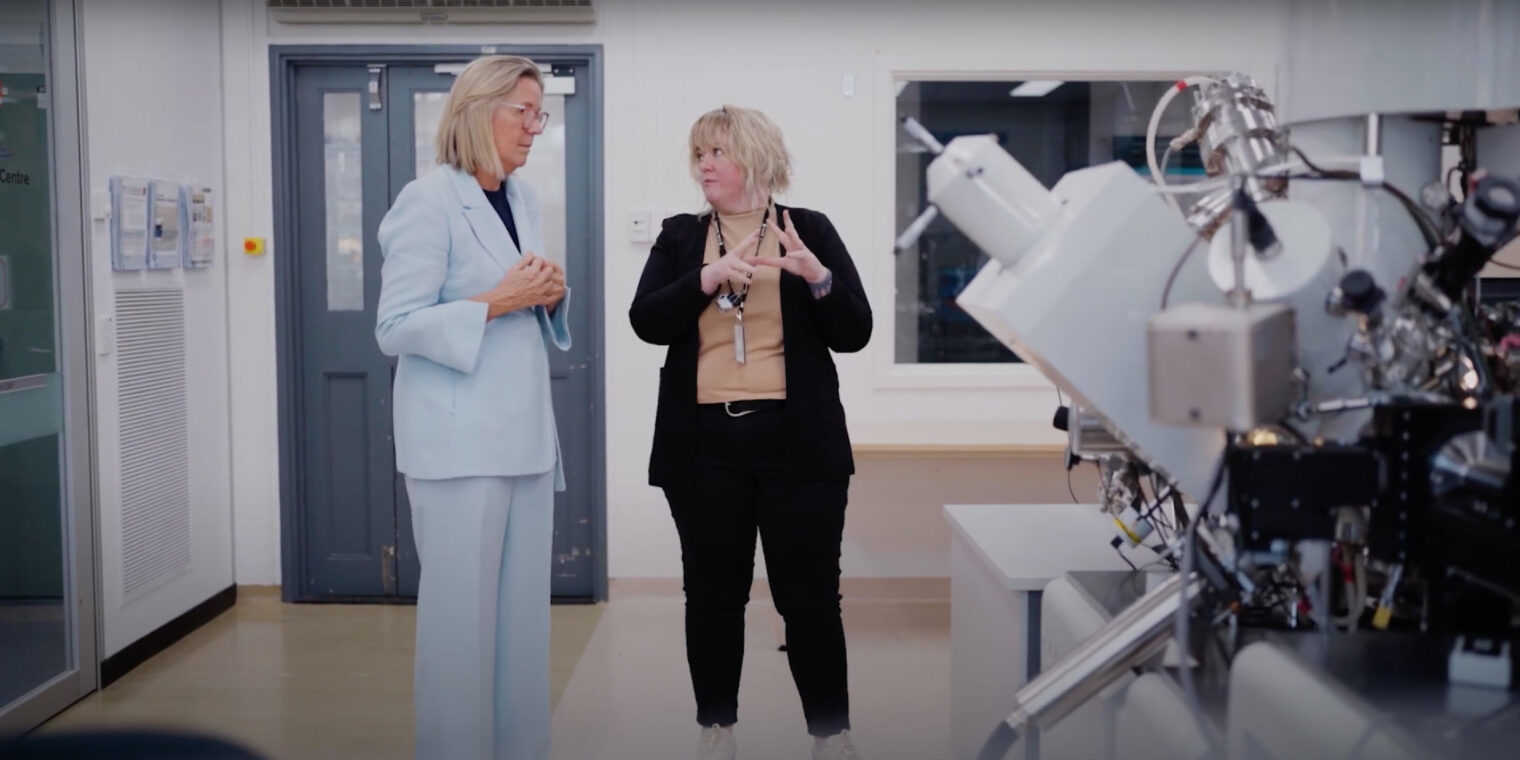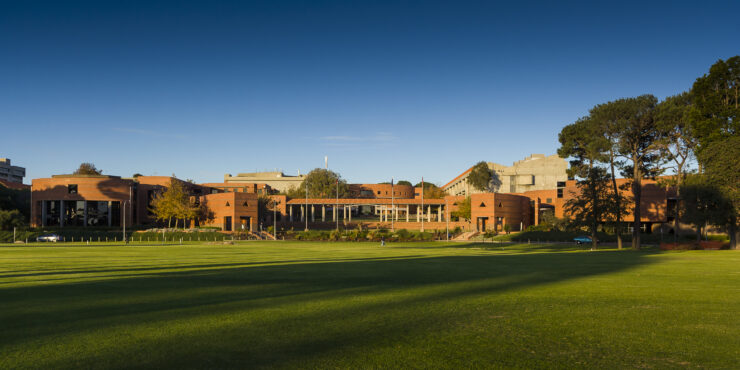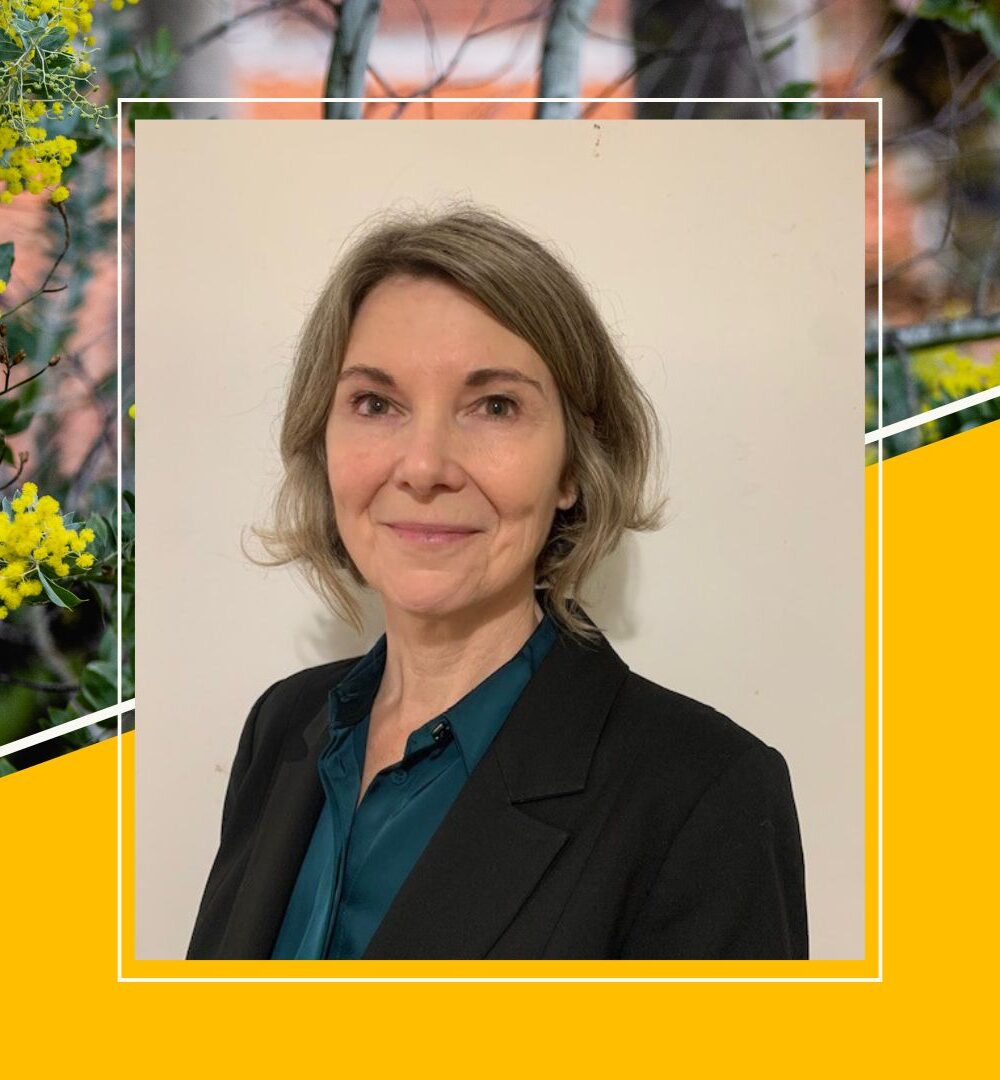As Australia strives to transition to renewable energy sources and achieve net-zero carbon emissions, Curtin is tackling major challenges and leveraging opportunities in future energy production and sustainable development. Our market-driven research addresses industry needs in materials science, electrochemistry, and sustainable engineering, with a focus on hydrogen storage, lithium battery technologies, and energy economics.
At the same time, our work contributes to the UN’s global sustainable development goals, addressing climate change, resource depletion, and other critical challenges to create a net-zero emissions and zero-waste future. Led by the Curtin University Sustainability Policy Institute (CUSP) and supported by the Sustainable Built Environment National Research Centre, this research integrates ecological, economic, social, and cultural perspectives. From novel hybrid ‘green’ composites and biocement to modular living concepts that reduce, reuse, and recycle materials, Curtin is shaping the next generation of homes, roads, and communities.
Our strengths
Energy economics
Through the Bankwest Curtin Economics Centre (BCEC) our economists offer expertise in areas of energy economics, including carbon management and energy futures, rare earth markets and policy setting. In 2019, for example, the BCEC released a a research report in which they emphasised the need for WA to diversify its economy and develop emerging new sectors such as lithium.
Learn more:
Hydrogen storage
Curtin’s Hydrogen Storage Research Group is contributing to the global effort of hydrogen energy storage, with research into hydrogen storage materials for export, transport, or stationary energy storage; thermal batteries using thermochemical energy storage; and solid-state electrochemical batteries. In another major focus area, materials scientists are developing hybrid hydrocarbon-carbon fuel cells for long-life power generation.
Learn more:
Sustainable engineering
At the Sustainable Engineering Group at Curtin, researchers are geared up to help new energy industry groups develop sustainability programs, including mapping by-product synergies, waste management and lifecycle assessment. The group is currently undertaking complex systems modelling of renewable energy integration into the grid, and reporting on public policy implications.
The group recently joined the national Heavy Industry Low-carbon Transition (HILT) CRC, which is tasked with helping Australia’s heavy industry sector transition toward zero net-carbon emissions by 2050.
Learn more:
Climate change
The Curtin Institute for Energy Transition (CIET) is dedicated to combatting the most pressing challenge of our time: climate change.
The climate crisis affects every element of our lives and so the CIET champions interdisciplinary collaboration to effectively address this issue. Our Institute comprises researchers from a diverse range of backgrounds, providing the skills, knowledge and thought leadership to safely and fairly transition to a clean energy future. We offer a uniquely Western Australian perspective but connect with Curtin Global Campuses and collaborators worldwide to ideate solutions and envision a new world.
Learn more:
Critical minerals
Efficient extraction of minerals is key to the mining industry’s future, and we’re exploring how to maximise our mineral resources towards a low-carbon tomorrow.
Curtin University has partnered with The University of Queensland and James Cook University, and over 30 company partners across Australia to boost Australia’s critical mineral industry and prevent future supply chain disruptions as part of Trailblazer.
Learn more:
Affordable housing
We’re exploring how the housing industry and government policy-makers can build a sustainable future where all Australians are appropriately housed.
Researchers from the Faculty of Business and Law, together with the Bankwest Curtin Economics Centre and the Australian Housing and Urban Research Institute, are conducting policy-informing research that is increasing affordable housing supply for low-income earners, housing options for young and old Australians, and secure housing options in the private rental market.
Learn more:
Sustainable buildings
Construction and demolition waste currently contributes to at least 40 per cent of Australia’s landfill. With many homes in Australia designed for just a 30-year life span, we must rethink the future of housing if we want to reduce our resources waste and live in homes that last.
Curtin is working with the building industry and other developers to design innovative, modular houses that can be easily dissembled and transported with minimal waste, reuse materials and components, and take waste and use it as a new resource.
Opportunities for peer-to-peer sharing and batteries for energy storage are widening the scope of these benefits, and helping to create near-zero carbon neighbourhoods. Our most successful project, White Gum Valley, was the first neighbourhood in WA and the 11th in the world to be internationally recognised as a One Planet Community through the One Planet Living framework.
Curtin is also a joint partner in the Australasian Joint Research Centre for Building Information Modelling. The centre integrates building information modelling with other concepts and technologies to help create site plans that optimise resource allocation, safety and productivity before construction.
Learn more:
City transformations
At CUSP, we’re developing business models and policies that will help cities reduce urban sprawl, decarbonise development and emphasise biophilic urbanism. Our experts have been involved in several large-scale transformation projects, including Climate-KIC’s mission to create 100 climate-neutral cities by 2030.
New technologies are presenting exciting advancements. We are identifying how trackless tram networks can unlock urban development and help urban centres become more people oriented. We are also using AI and Blockchain to improve the flow of urban traffic by predicting traffic management and discouraging congestion in busy areas.






